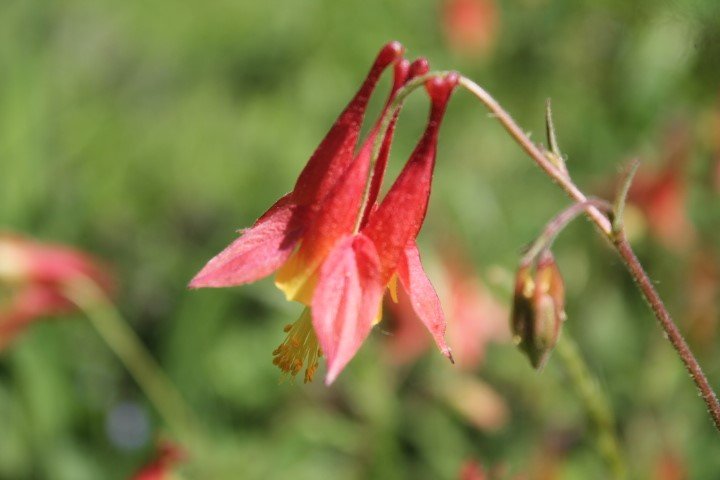A little glimpse into life at the nursery and homestead mid-spring : )
Rusty Patched Bumble Bees really love chives..they are a major visitor to them every spring and early summer.
Jacobs Ladder beautifully in bloom by the cabin.
A few rainy days, followed by some sun has brought out the Yellow Swallowtails.
A beautiful sight on a rainy day.
Yellow Swallowtails are an abundant visitor from mid-spring right on through much of the summer.
It’s the heart of Columbine season on the homestead.
Red Admiral caterpillar being hosted by some of our Stinging Nettle.








